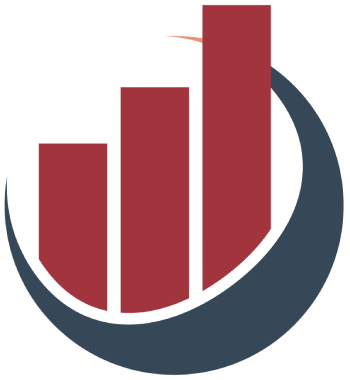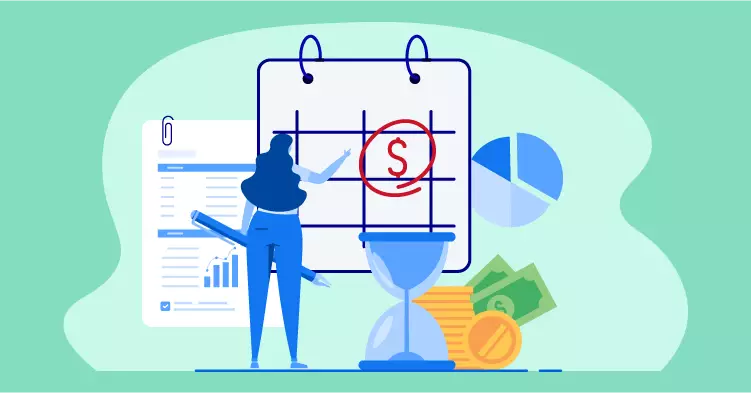Navigating the financial landscape as a small business owner can be a daunting task, particularly when cash flow gaps arise. Timely cash flow management is crucial for sustaining operations, paying employees, and investing in growth opportunities. Unfortunately, cash flow crises are common for many enterprises, making it imperative to explore effective financing options. Two popular solutions are invoice factoring and business lines of credit. While both can infuse much-needed capital into your business, they operate in fundamentally different ways and come with their own sets of advantages and disadvantages.
Unpacking the Business Line of Credit
A business line of credit is akin to having a financial safety net. It acts as a revolving line of credit that allows you to borrow funds up to a predetermined limit. The beauty of this flexible borrowing solution lies in its adaptability. As you repay borrowed amounts, your available credit is replenished, enabling you to draw down funds repeatedly as long as you remain within your credit limit.
This arrangement is particularly favorable for businesses with fluctuating cash flow needs, as it allows you to draw only what you require at any given moment. When managed appropriately, a business line of credit not only offers convenience but also aids in building your business’s credit rating. Lower interest rates compared to other financing methods further enhance the appeal; however, the looming risk is overspending. The easy access to funds might tempt owners to borrow excessively, which can lead to unnecessary debt.
Diving into Invoice Factoring
On the other hand, invoice factoring doesn’t involve taking on new debt but rather capitalizes on outstanding invoices. Essentially, when businesses encounter cash flow problems, they can sell their unpaid invoices to factoring companies at a discount. In exchange, they receive immediate cash—often around 80-90% of the invoice value. This quick payout provides immediate relief for pressing financial needs but does come with some compromises.
One of the most significant drawbacks is that the business will receive less than the full value of the invoices. Additionally, businesses must contend with new third-party collectors managing their outstanding payments, which can create discomfort among customers accustomed to dealing directly with the brand. Lastly, while invoice factoring can be easier to qualify for than a traditional loan, the fees associated can be excessively high, thus edging its overall cost upward.
Comparing Flexibility and Cost
When it comes to choosing between invoice factoring and a business line of credit, flexibility often takes center stage. Lines of credit offer the greatest control, allowing businesses to draw funds only as needed and repay over time. In contrast, the one-time infusion of cash from invoice factoring does not offer the same level of versatility. If your business demands fluctuating cash flow solutions, a line of credit could very well be the superior choice.
Cost also plays a pivotal role in this decision. Business lines of credit tend to carry lower interest rates, and business owners only pay interest on the amount borrowed, making it a potentially more cost-effective solution. However, fees for invoice factoring can diminish its attractiveness, frequently rendering it a more expensive option in the long run.
Assessing Financial Health and Future Plans
When determining which financing option is suitable, it’s vital to evaluate your business’s financial health and long-term objectives. Invoice factoring may appeal to startups or businesses with limited credit histories seeking immediate funds. If your operations frequently face cash crunches due to slow-paying customers, this option may work best.
Conversely, for those who want to maintain their customer relationships while having greater control over their finances, a business line of credit allows for ongoing access to funds without relinquishing any customer interactions to a third party.
Making an Informed Decision
Ultimately, the choice between invoice factoring and a business line of credit will depend on a variety of factors, including current cash flow status, long-term business goals, and the cost of financing. Each option has its merits; understanding the distinctive benefits and limitations will empower business owners to make well-informed decisions tailored to their unique circumstances. Evaluate the urgency of your cash flow needs, the potential impact on customer relationships, and your willingness to take on debt when determining the best path forward. The right funding solution can not only resolve immediate cash flow issues but also set the stage for sustainable growth in the long run.


Leave a Reply